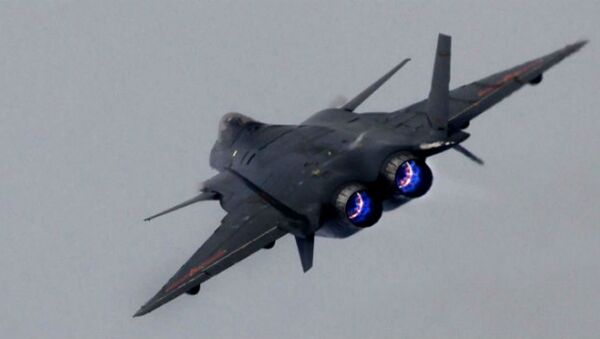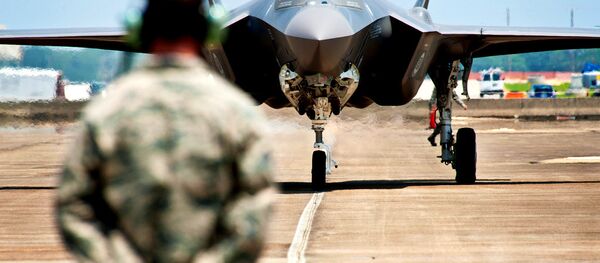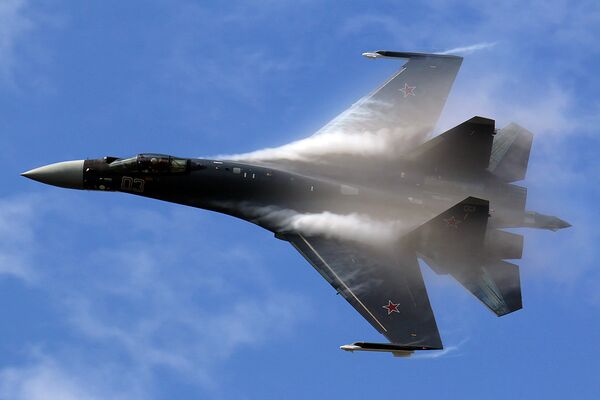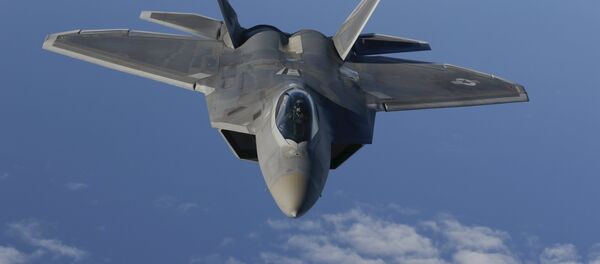Beijing is bolstering its military capabilities and soon will be on par with the United States Air Force or even outperform it, Dave Majumdar, the Defense Editor of The National Interest, underscores.
"China's People's Liberation Army Air Force (PLAAF) will be able to match or exceed the United States Air Force in the number of fielded combat aircraft by 2030. Moreover, while American forces will still maintain an edge, the technological gap between the two great powers will have closed significantly between now and then," Majumdar writes in one of his latest articles.
However, during his testimony at the House Appropriations Committee's subcommittee on March 2, General Welsh admitted that "at the rate they're [China] building, the models they're fielding, by 2030 they will have fielded — they will have made up that 2,000 aircraft gap and they will be at least as big-if not bigger — than our air forces."
But that is part of the story, the defense expert emphasizes. The truth of the matter is that the PLAAF is fielding newer and sophisticated aircraft: in particular, stealthy Chengdu J-20 and Shenyang J-31, or upgraded versions of the J-11D and J-16.
"Moreover, China continues to import advanced Russian-made fighters including the fearsome Sukhoi Su-35S Flanker-E," Majumdar emphasizes.
"We are not keeping up with that kind of technology development," Welsh said, as quoted by Majumdar.
"[China] will have a lot of technology that's better than the stuff we've had before," the general added.
Indeed, China is very serious about "getting better."
According to Xinhua, Beijing is setting up a conglomerate that will bring together three aircraft engine manufacturers: Sichuan Chengfa Aero Science & Technology Co., Avic Aviation Engine Corp. and Avic Aero-Engine Controls Co.
"The move will improve China's standing in plane design and manufacturing. Though one of the biggest aviation markets, the country is still heavily reliant on imported engines," China's state-owned media outlet reports.
Remarkably, last year, Russia and China reached an agreement aimed at extending subsidized loans to speed up work on joint long-haul aircraft and heavy helicopter projects.
"With regard to joint projects in aviation, the creation of a wide-body aircraft [and] developing a heavy helicopter, we have agreed on the possibility of allocating preferential loans to work at a faster pace," Russian Deputy Prime Minister Dmitry Rogozin told journalists in October 2015.
"We must enter the market with a product that will drop the jaws of potential buyers," Rogozin stressed.




